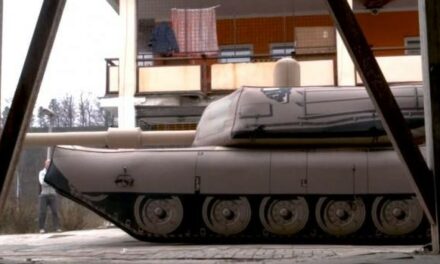The Renaissance altar confirms that the Hungary of King Matthias was a cultural and artistic center of outstanding importance in Europe. Interview.
Unique finds were found during an archaeological excavation in Visegrád. First of all, what kind of exploration is it?
The ruins of the Visegrád castle and royal palace form one of the most significant medieval monuments in Hungary and Europe. Here, the 14th and 15th centuries have survived in unique completeness and together with their impressive natural surroundings. century royal residence buildings. The excavation and restoration of these monuments has been going on for a century and a half, but now one such
a comprehensive archaeological and monument program was launched, which aims to explore this unique monument complex in a complex manner and at a 21st-century standard in the next decade,
to protect and present.
What is the essence of the program?
The goal of the Visegrád Renaissance development program managed by the Castle Administration is to restore the castle system and the royal palace to the conditions of the time of Matthias. After several years of preparations, in 2021, everything started with a government decision. In order to prepare for the reconstruction, invasive vegetation that is dangerous to the walls was removed and a survey carried out with 3D laser scanning.
Its first spectacular stage was the archaeological trial excavations, which were also completed by the end of 2023 by the Hungarian National Museum's Mátyás Király Museum and National Institute of Archeology on behalf of the Castle Authority. After the test excavations, the largest archaeological research in the history of Visegrád started at the beginning of 2024, which at the same time
they take place in several locations: in the citadel, the lower castle, at the walls closing the valley and in the royal palace, as well as in the area of the former Franciscan monastery belonging to the palace.
The basic goal of the excavations is to get to know the previously unexplored parts of the medieval building complex, thus creating the opportunity to plan the restoration of monuments.
What exactly did they find, for which it is not an exaggeration to use the term "archaeological sensation"?
The term archaeological sensation is not an exaggeration at all, because during the excavation of the church of the Franciscan monastery located next to the royal palace, I managed to uncover a very special collection of finds:
the remains of a Renaissance altar carved from white marble,
which are the works of Benedetto da Maiano, one of the most important Florentine sculptors of the second half of the 15th century.
How were they able to identify the creator of the altar?
The found carvings, especially the almost intact cherub heads, show many characteristic features in the elaboration of the feathers, hair, faces, as well as in the drapery treatment of the fragmentary angel statues, whose exact copies can be discovered in the mature works of Benedetto da Maiano, for example in Naples and San Gimignano on their altars.
After finding the fragments, that's why
I immediately sought out one of the finest authorities on Italian Renaissance sculpture,
Professor Francesco Caglioti, a professor at the University of Pisa, who, based on the photos sent, immediately confirmed that we had undoubtedly found the works of Benedetto da Maiano.
The full interview can be read on Mandine!
Featured image: Fragment of a marble altar. Source: Castle Administration













